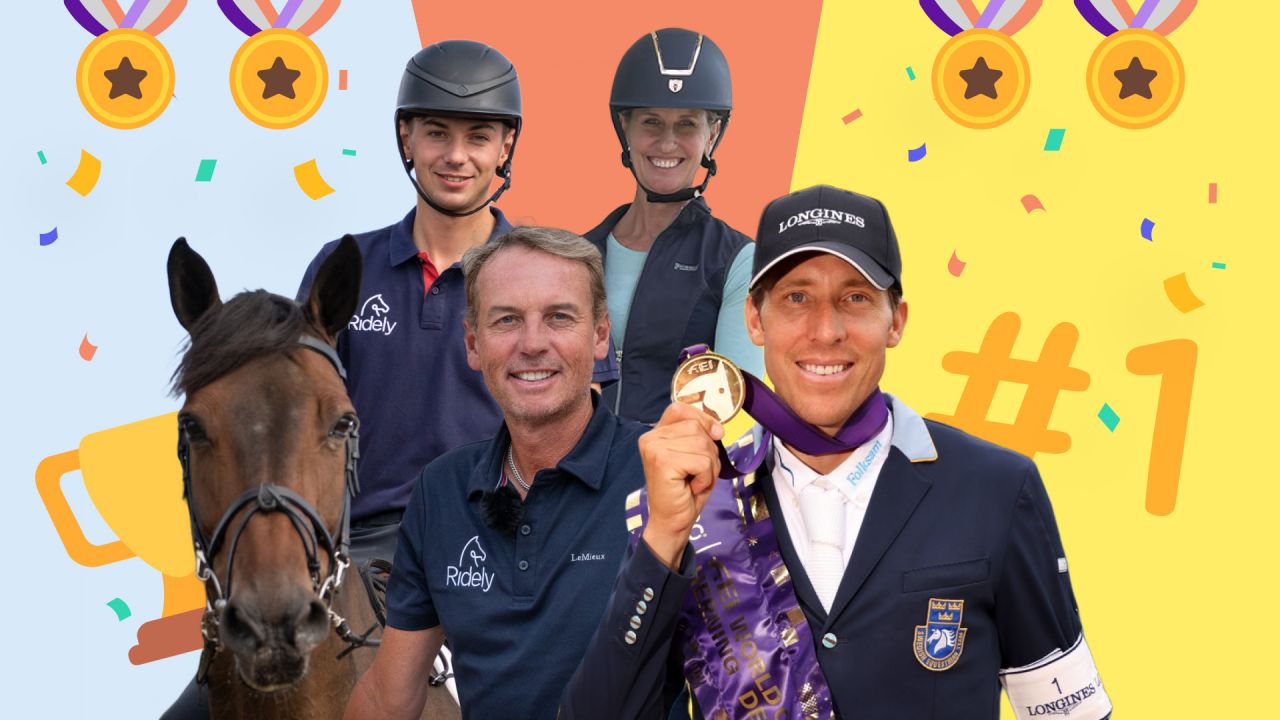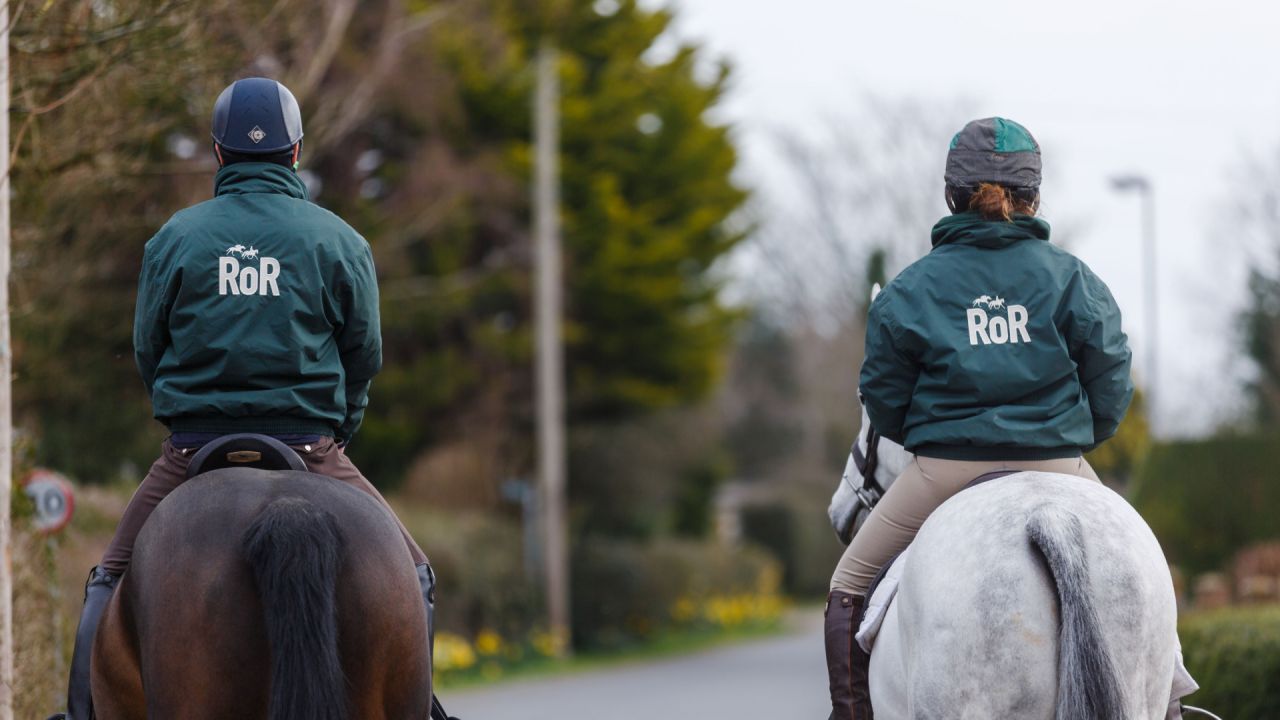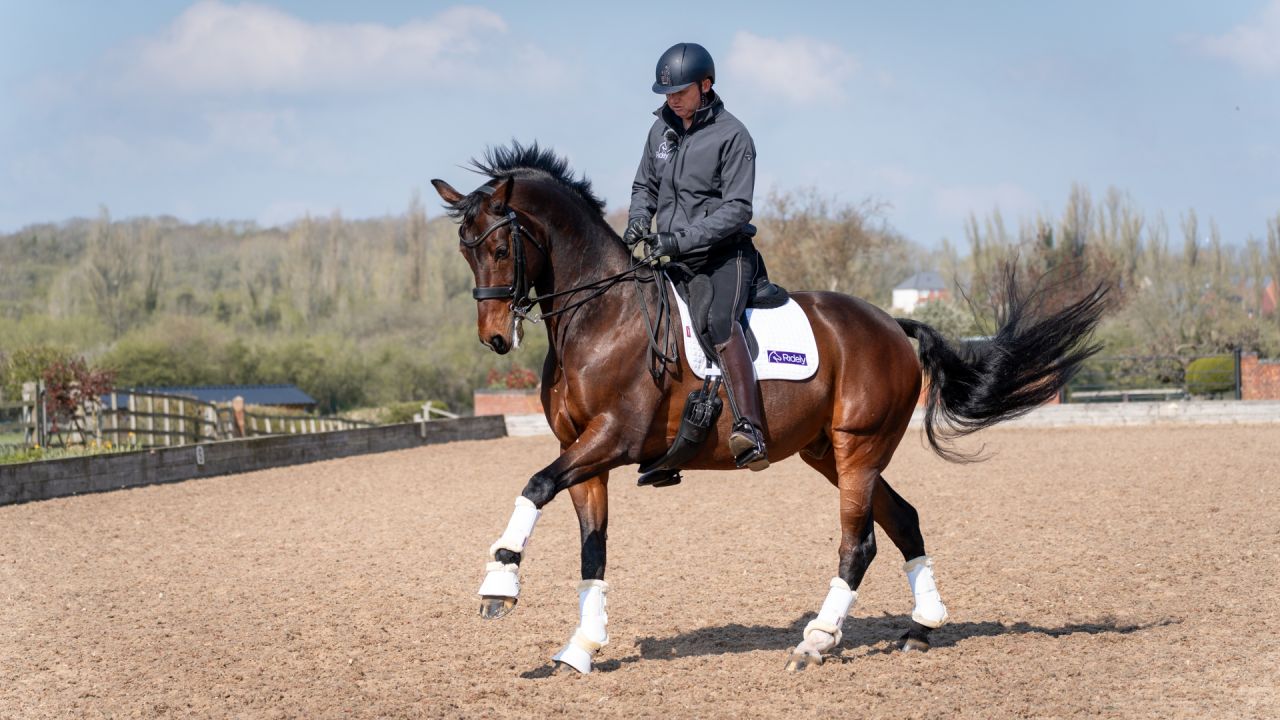How to Lunge Your Horse on a Lunge Line
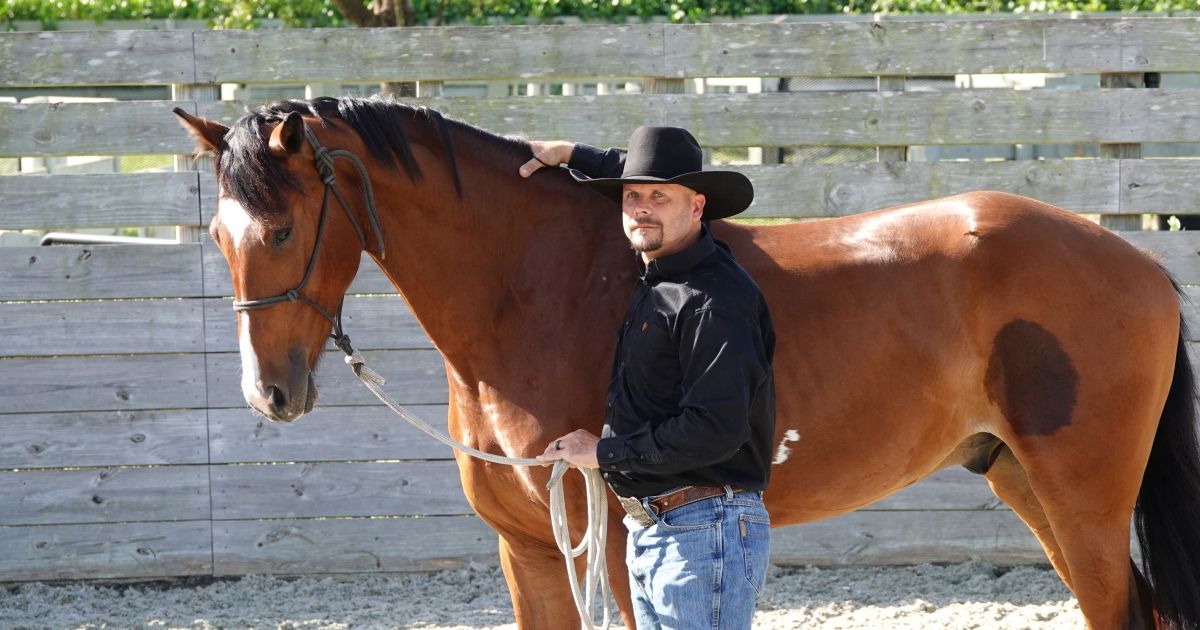
Lunging is a great way to exercise your horse on the ground while establishing key principles of riding. In this session, Horsemanship Expert Dana Glass takes you through his lunging process which includes how to ask your horse to move off correctly, and what you’re looking for while your horse is moving around you. He then goes on to demonstrate how to loose lunge your horse once you are confident.
Basics on a Lunge Line
We will start with lunging on a line as this is the most common type. The most important thing to take away is that when lunging, you should ask your horse to do things in the exact same way that you would if you were in the saddle. For example, you wouldn’t ask your horse to lean in on a 20m circle when riding them, so be strict about making sure they use their body correctly on the lunge too.
Start with a Good Lead Off
You want to focus on ensuring your horse moves his feet correctly. When moving off initially, Dana stands on the same side as he wants the horse to go in order to encourage the front foot to reach out that way. Not only does this help the horse to reach correctly, it also helps to put the weight on the hind legs which is the goal when riding. To encourage the horse to lead off, lift your hand in the direction you want the horse to go (left arm out to the left). Wait for the horse to think about moving off and if he doesn’t lift your right arm to add energy. This is like using your left arm as the rein and your right arm as the leg to add movement. Your horse needs to think for himself about where to go and where to put his body.
Head and Body Positioning
It is as simple as this: if your horse is looking out to the outside, then he is not paying attention to you and your aids. Would you trot around a circle with your horse looking to the outside? No, so make sure you keep the same principles when lunging. Every time he looks the other way, just add a bit of pressure to bring his head back and then release. The same thing applies for where your horse’s body is positioned. If he leans to the inside then use the hindquarters to set him up and trot straight.
Our Body and Aids
When lunging, many people move a lot and walk around with the horse. Where possible, you want to keep still. Try to plant one heel and pivot around that rather than walking with the horse. Your horse should be doing the hard work, not you! Use your body and energy how you would if you were riding. For example, when you want the horse to trot or be more forward, lift your hand in that direction to add energy. If they don’t go, you can add a bit more pressure in bumps (see Dana’s use of bumping the rope) to encourage them to go. Then once they have listened and reacted accordingly, drop your arm and take away the pressure. To slow them down, take the energy out completely. Your body’s energy is the key to communicating with your horse. More about this in our groundwork basics article.
Want more like this?
If you want to see all this in action and continue your groundwork journey towards better horsemanship, join Dana’s Training Program in the Ridely app. The contents of this article is only from one session out of four in total which focuses on the importance of good groundwork. In the Ridely app all sessions are accompanied by one or more videos.
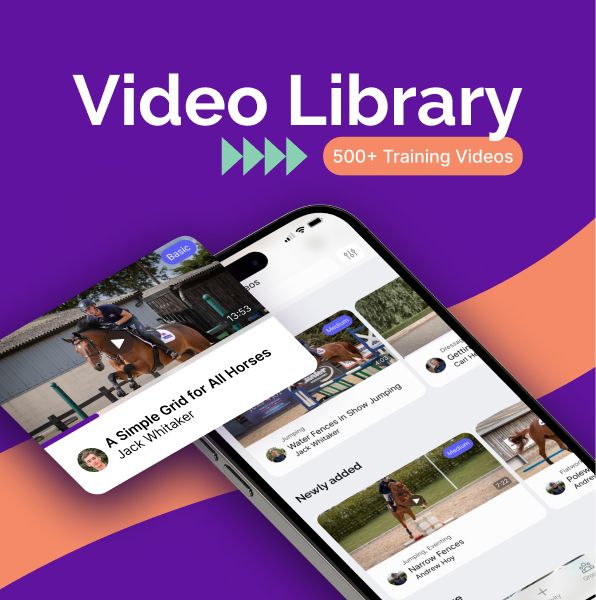
- Train with 11+ Olympians from home.
- Learn and make the most of your equestrian life.

Learn from Carl Hester in Ridely!
Exclusive training videos with top trainers and riders like Carl Hester are available in the Ridely library. Don’t miss out!
